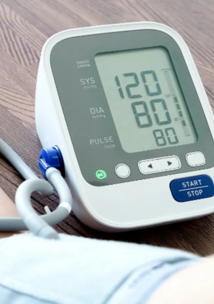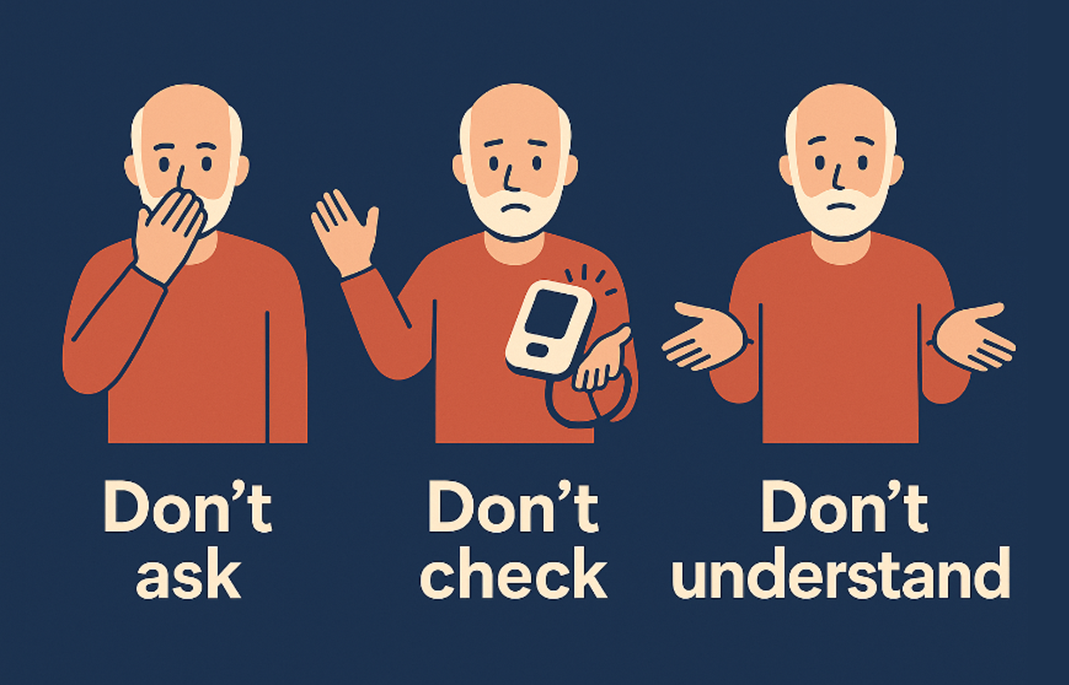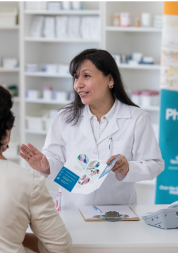Report: Empowering the patient - how to increase the understanding and testing of high blood pressure

High blood pressure (also called hypertension) can lead to serious problems like heart attacks or strokes. It affects more than 1 in 4 adults in England - and 5.5 million people in people in England have undiagnosed high blood pressure.
People from most deprived areas and Asian communities are more likely to have high blood pressure.
What did people tell us?
Most people are happy to have their blood pressure taken when they're invited e.g. by a GP or pharmacy. However, it's rare for people to ask about their blood pressure health or ask for a test.
There is a low understanding of blood pressure readings, risks, and treatments in all groups that we heard from. Fear, confusion, and a lack of culturally relevant information contribute to this.
People trust authoritative sources of information, but messaging from the NHS/Public Health about blood pressure has a low profile on social media.
Barriers include:
- limited access to testing
- cultural and language obstacles
- the misconception that symptoms must be present to warrant concern
To improve outcomes, health partners must focus not only on the availability of services but also on motivating and empowering individuals to use them.
Download our full report below.
Downloads

Recommendations
We have made a number of recommendations, including:
- Improving the way information about blood pressure and testing is communicated, particularly for non-English speakers and those with low digital or literacy skills.
- Bringing blood pressure information into community and faith centres.
- Increasing the accessibility of blood pressure tests and information about blood pressure e.g.
- Promote pharmacies as convenient testing hubs.
- Install private kiosks in public spaces with educational features.
- Expand free-to-borrow monitors in community locations.
- Piloting blood pressure education in schools and workplaces.
- Using the NHS App and digital reminders to educate people about their blood pressure and prompt them to get tested.
- Encouraging first aiders to include blood pressure checks.
- Providing clear follow-up options without needing GP visits.
- Using waiting times e.g. in surgeries or helpline queues for short educational content.
- Developing community Blood Pressure Champions.
- Increasing workplace testing.
Share your feedback about blood pressure testing with us by completing our online feedback form.

